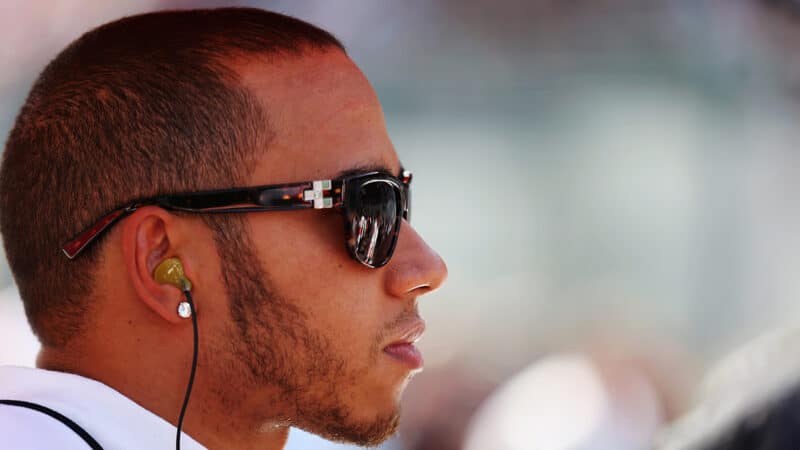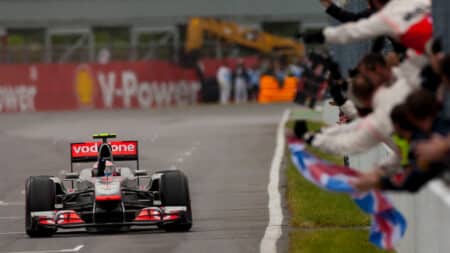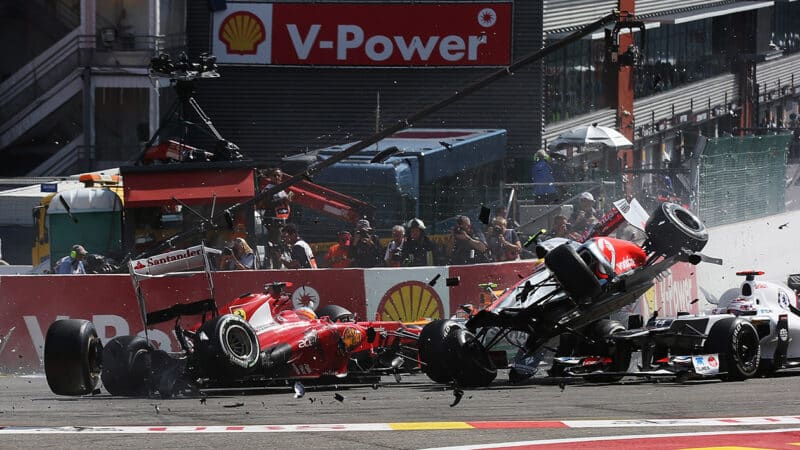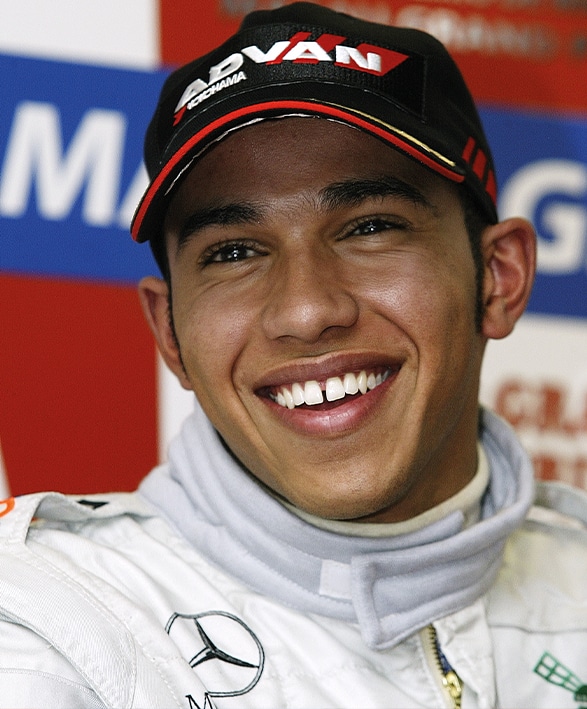As ever after such sessions, the stopwatch told the story. Jenson had been second-fastest in Q1, and fastest of all in Q2, and had taken the pole in Q3, two-tenths quicker than anyone else. Lewis had been 13th-fastest in Q1, seventh-fastest in Q2, and eighth-fastest in Q3, ending up more than eight-tenths slower than his team-mate. Having been nervy and unhappy that morning, and grumpy during qualifying, afterwards Lewis retired to his room in the McLaren Brand Centre, as our paddock unit was then called, alone with his thoughts.
Over the past 12 years he has matured, as we all do with the passing of time, and now, faced with the kind of setback I have described above, he would knuckle down with his engineers and come up with a race strategy designed to turn a negative into a positive, which he would describe along the following lines: “Clearly, I haven’t got the best out of the car so far, but my team-mate has, which is encouraging because it shows that the pace is there, so we’ll work hard this evening to see if we can unlock some of that pace, with a view to trying our best to score points tomorrow, or perhaps even nick a podium.” And, lo and behold, those points, or even that podium, might well thereby eventuate. Indeed, something very like the scenario that I have outlined above transpired for him at Monza just two days ago. But, feverishly talented though he was in 2012 and still is in 2024, he was less mentally robust then than he is now.
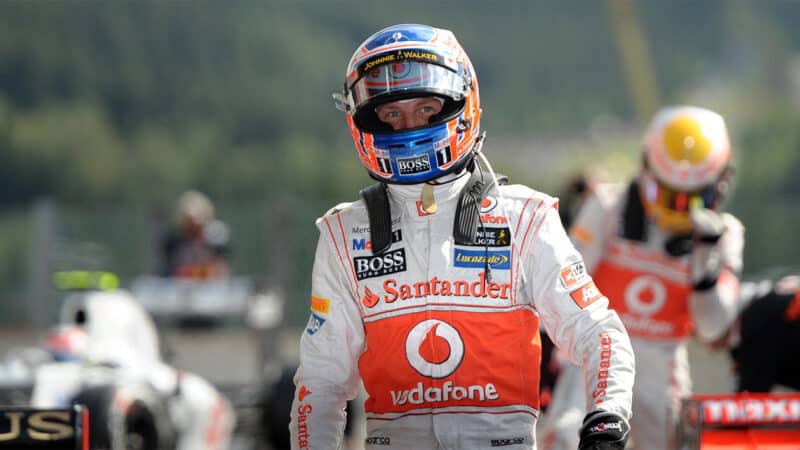
Hamilton was eighth fastest in qualifying, over eight-tenths slower than polesitter Button
Tom Gandolfini/AFP via Getty Images
But, even so, let’s go back to 2012, and to the afternoon of September 1, because I remember what happened after qualifying at Spa that Saturday as though it were yesterday. I was in my office in the McLaren Brand Centre, writing our post-quali press release, composing quotes for not only Button and Hamilton but also for our team principal Martin Whitmarsh, when I received a mobile phone call from Martin Turner, the then head honcho of Sky Sports’ F1 operation, who has since become a dear friend.
“Have you seen Lewis’s tweet?” he asked me.
“No, why?” I replied.
“You need to check it out right now, buddy. I won’t delay you. Go do it.”
I duly did – immediately – and what I found was not good. Hamilton had screen-grabbed and tweeted what he described as Button’s telemetry traces from qualifying, with the following comment: “Jenson has the new rear wing on, I have the old, we voted to change, didn’t work out, I lost 0.4sec just on the straight.” To be fair to Lewis, our engineers had already privately informed me that the consensus among them was that Hamilton’s higher-downforce set-up was probably not quite as quick over the whole lap as was Button’s lower-downforce aero configuration — which discrepancy was already becoming a sore point on Lewis’s side of the garage – but dirty linen of that nature is not uncommon within F1 teams, and the only appropriate solution is quietly, collaboratively, and above all privately to clean it. What you do not do is wash it in public. Worse still, Hamilton’s tweet had revealed confidential technical details about our cars’ acceleration, braking, and ride height.
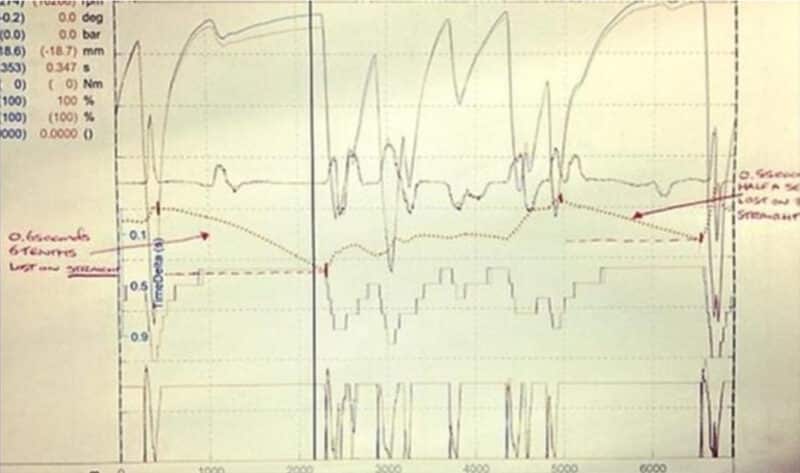
The telemetry posted by Hamilton
I hurried to Lewis’s room and knocked on the door. No answer. I left it a couple of seconds, then opened it. He was sitting on his day-bed, his iPhone in his hands.
“You’ve got to delete that tweet,” I said.
“Which tweet?” he replied.
“You know which one, the one showing JB’s telemetry. Delete it right now please.”
“Why?”
